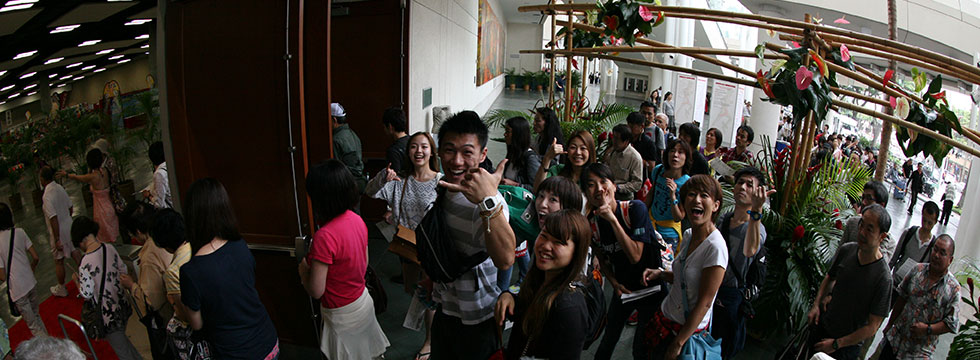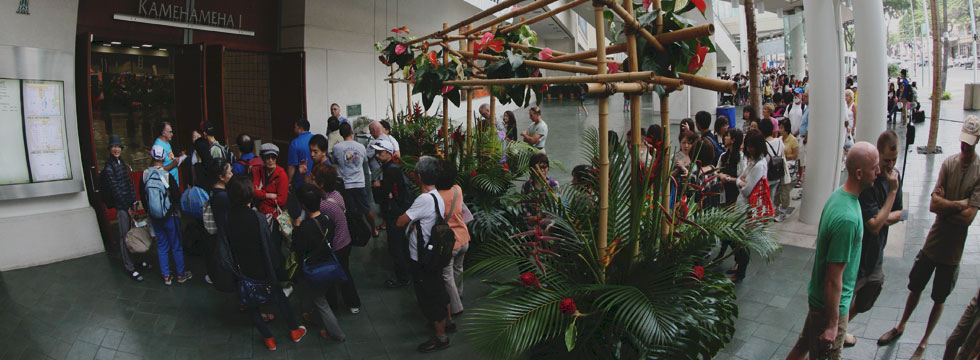Introduction to Plant Assets Financial Accounting
May 20, 2020 2:34 pm Leave your thoughts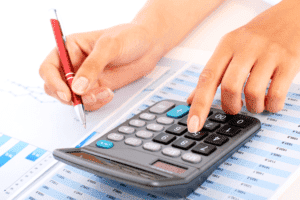
In retail, store buildings, shelving, and point-of-sale equipment play a significant role in customer service and sales. For the transportation and logistics industry, vehicles, warehouses, and loading equipment are critical assets that enable the movement of goods. Similarly, in healthcare, plant assets include medical equipment, diagnostic machines, and specialized facilities that support patient care. Even a characteristic of a plant asset is that it is in technology sectors, plant assets can include server farms, computer hardware, and office spaces that house research and development.

What you will learn to do: Identify PP&E
- On the other hand, the borrowed money is the liability or obligation for the business entity.
- Plant assets are different from other non-current assets due to tangibility and prolonged economic benefits.
- For the transportation and logistics industry, vehicles, warehouses, and loading equipment are critical assets that enable the movement of goods.
- Besides, there is a heavy investment involved to acquire the plant assets for any business entity.
- As non-current assets, plant assets play a continuous role in operations, with their value recorded at historical cost, less accumulated depreciation.
- There is a further classification of tangible and intangible non-current assets.
Since these assets produce benefits for more than one year, they are capitalized and reported on the balance sheet as a long-term asset. This means when a piece of equipment is purchased an expense isn’t immediately recorded. Any costs incurred after the initial purchase that enhance the asset’s future economic benefits are capitalised onto the balance sheet.
Equipment
For example, a business spends £5,000 on upgrading the manufacturing machine to improve its efficiency. Therefore, the company would record the machine at £110,000 as the initial cost. This ensures that the value of the asset is accurately represented over its useful life. Shaun Conrad is a Certified Public Accountant and CPA exam expert with a passion for teaching. After almost a decade of experience in public accounting, he created MyAccountingCourse.com to help people learn accounting & finance, pass the CPA exam, and start their career. The company would now adjust the carrying amount to £90,000, and depreciation would be calculated using the revalued amount.
Disposal or Sale of Assets
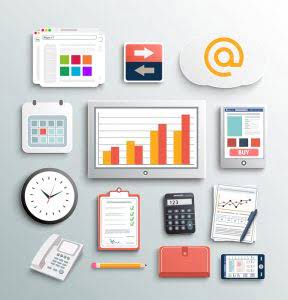
If repair costs outweigh the benefits of keeping the asset, replacement may be more practical. This method implies charging the depreciation expense of an asset to a fraction in different accounting periods. This method explains that the utility and level of economic benefit decrease as the age of asset increases. The non-current assets are the company’s long-term assets that last for many years and deliver economic benefit.
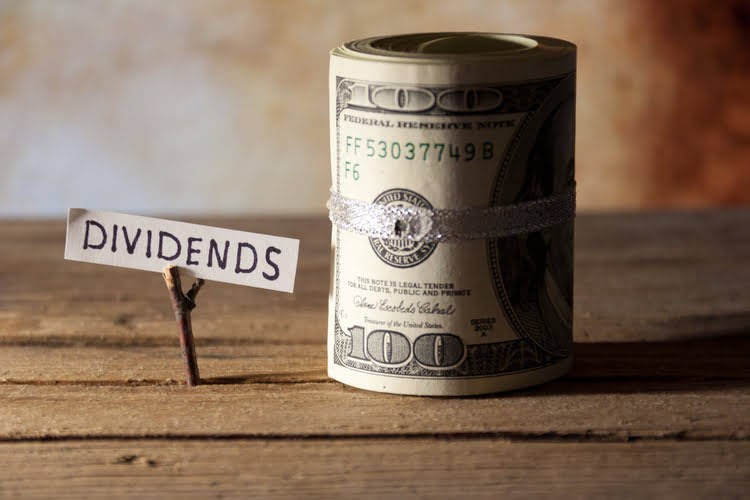
Importance of Plant Assets in Financial Statements

Improvements are often considered separate assets because they represent a new investment beyond the original purchase. These investments help businesses maintain modern, efficient, and safe work environments, especially as they grow or modify operations. Furniture and fixtures cover items like desks, chairs, tables, shelving, cabinets, and lighting fixtures that create functional workspaces. Although generally lower in cost than machinery or buildings, these assets contribute to a productive and organized working environment. Furniture and fixtures are also depreciable over time, with their useful life depending on materials, design, and usage.

These assets encompass items like land, buildings, machinery, vehicles, and equipment—resources bookkeeping and payroll services that contribute directly to a company’s production and services. Current assets and plant assets represent two distinct types of assets on a company’s balance sheet, each serving different financial and operational roles. In contrast, plant assets are long-term assets like buildings, machinery, and equipment that contribute to the company’s core operations over multiple years. These differences impact how each asset type is managed, valued, and reported in financial statements. Since plant assets have a finite useful life, they experience gradual wear and tear, which decreases their value over time—a process known as depreciation. Depreciation is a crucial accounting practice as it allocates the cost of an asset across its useful life, matching the expense with the revenue it helps generate.
Depreciation
The IAS 16 of the IFRS governs the rules regarding recognizing and recording the plant assets in the company’s financial statements. Instead, a part of the cost is periodically charged to the expense account to depreciation income summary the plant assets. Plant assets represent the asset class that belongs to the non-current, tangible assets. These assets are used for operating the business functions and generating revenues in the financial periods. What these assets all have in common, that also differentiates them from current assets, is that they are not going to turn into cash any time soon and their connection to revenue is indirect.
Categorised in: Bookkeeping
This post was written by vladeta

